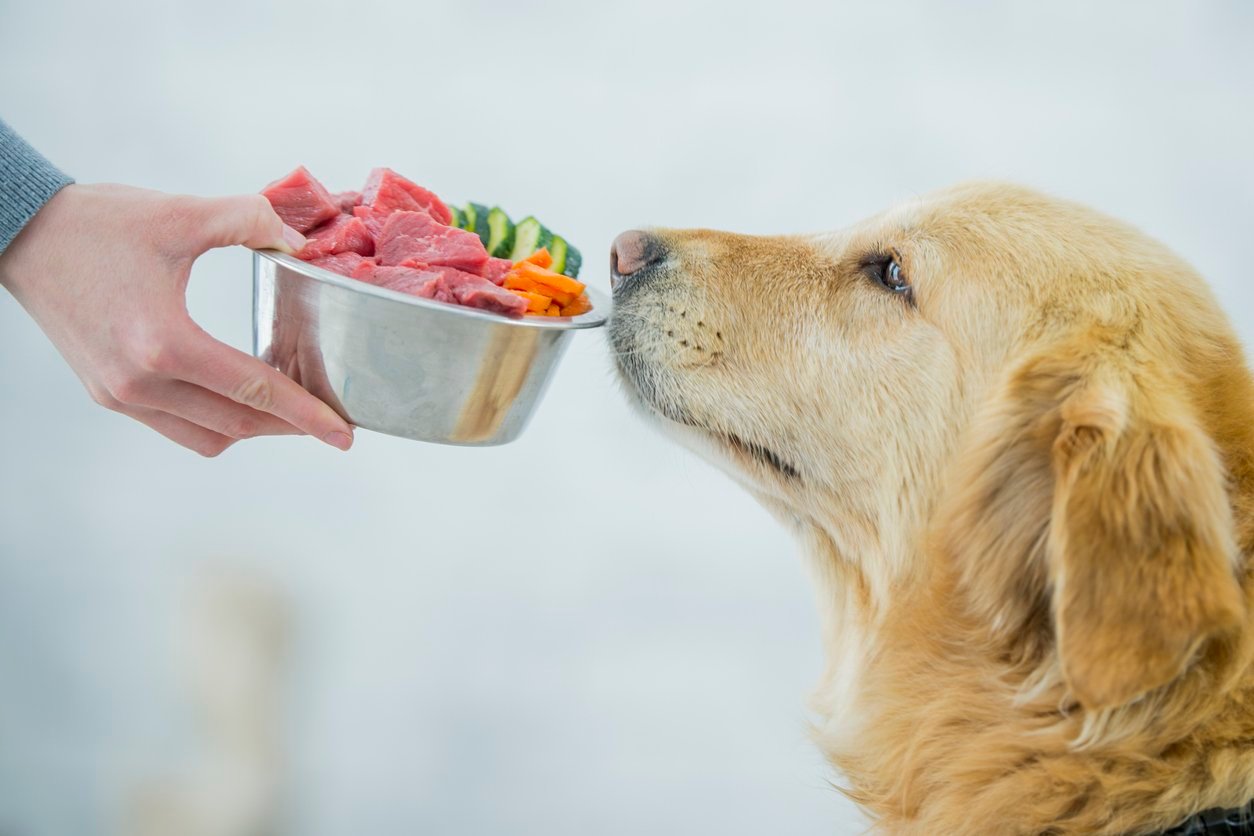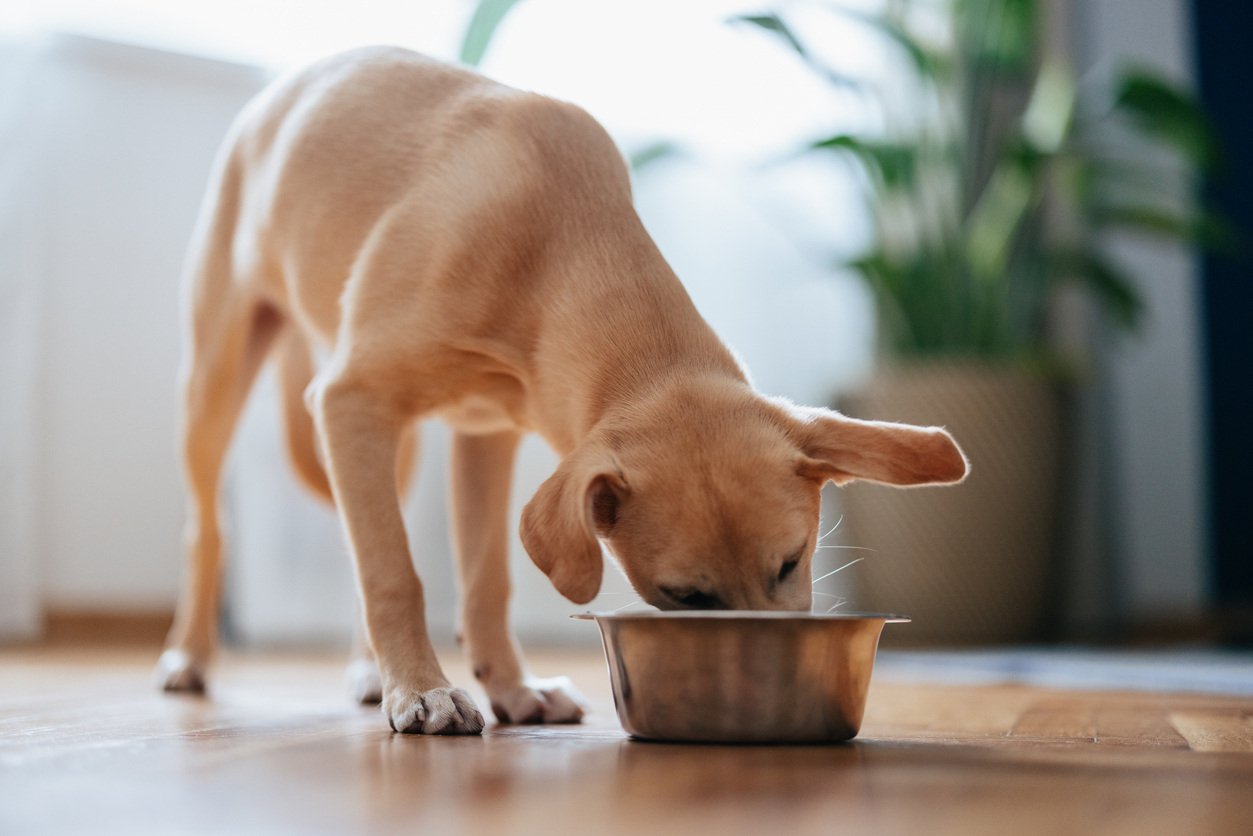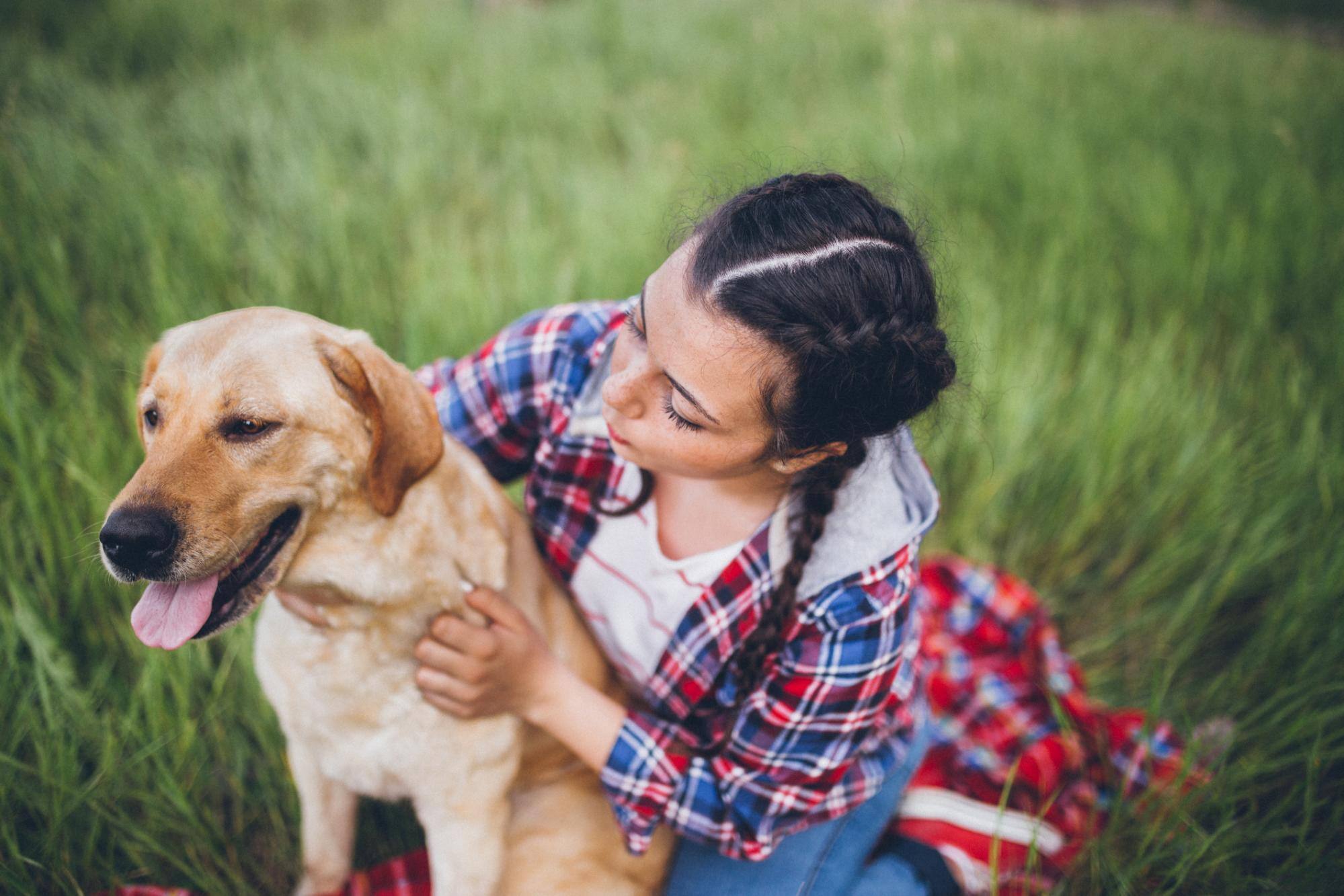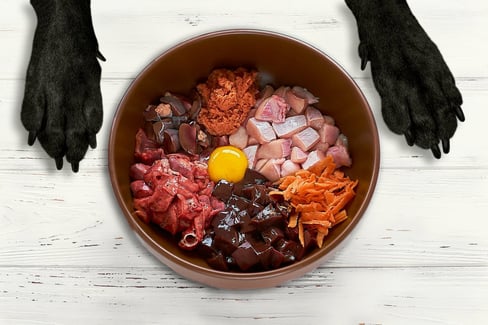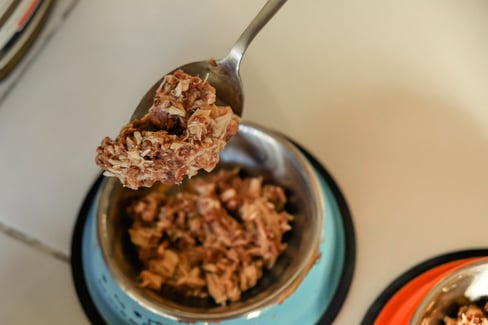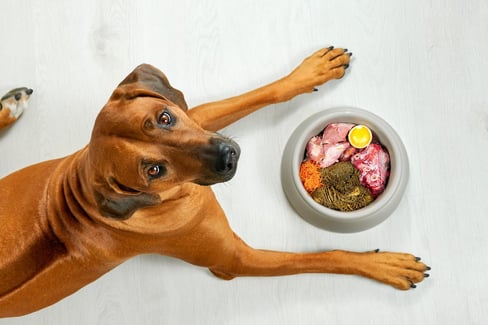Table of Contents
What Is A Raw Food Diet?
Typically a raw food diet entails food that has not been processed in any way. In humans, a raw food diet would commonly be comprised of raw fruits and vegetables, legumes, and at times raw fish such as sashimi. These raw food diets can work great for the human lifestyle, but when it comes to our pets, they require a higher protein content than simply fruits and vegetables. Furthermore, they have a different metabolic system which allows them to digest raw meat properly.
Animals like cats and dogs require a minimum of crude protein in their diets. Dogs generally require anywhere from 18% to 29% of crude protein in their diets, while cats require a higher percentage of protein ranging anywhere from 35% to 45%. Protein in our pets’ diets comes from their intake of meat, and when feeding pets a raw food diet, the unprocessed meat contains better protein content than processed dry kibbles.
When it comes to the difference between a store-bought dry kibbles diet and a completely raw food diet for your pets, there are some definite factors to take into consideration before switching over entirely.
Benefits Of Feeding Your Pets A Raw Food Diet
In the past few years, we’ve seen a rise in pet stores now carrying raw food. Many major chains of pet stores have installed freezers or fridges in the food aisles to accommodate the increase of people who are choosing to feed their pets raw food diets.
Healthier coats, skin, better oral care, and higher energy
The ingredients in raw food pet diets are unprocessed, which means our animals receive more of the vital nutrients and vitamins which come from raw meats, fruits and vegetables, and the grains which we choose to feed our furry friends, particularly cats and dogs. These ingredients in a raw food diet tend to be purer, and have more notable effects on their bodies. As a result, our cats’ and dogs’ coats and skin will be shinier, their teeth will be healthier, and their energy levels may be higher!
You have better control of what your pets are eating
When reading labels on pet food, the crude protein ingredient (usually chicken, turkey, or beef) should always be the first ingredient. However, some pet food companies fill processed pet food with grain fillers, including corn, and rice that contains little nutritional value. When you create your pets’ raw food diet, you know the ingredients that you’re putting into their food are healthy with no fillers.
You can prep months’ of meals in advance
When it comes to sourcing ingredients for your pets’ raw food diets, reach out to your local butchers, or seafood shops. Oftentimes they have scraps that won’t be sold and can be sold or given away if you’re using them for a pet’s diet. You can get fish scraps for as little as $1/lb in some places! If you stock up on all of the ingredients, you can prepare months ahead of time and stock your freezer with pre-made raw food meals for your four-legged companions.
How To Create a Raw Food Diet For Pets
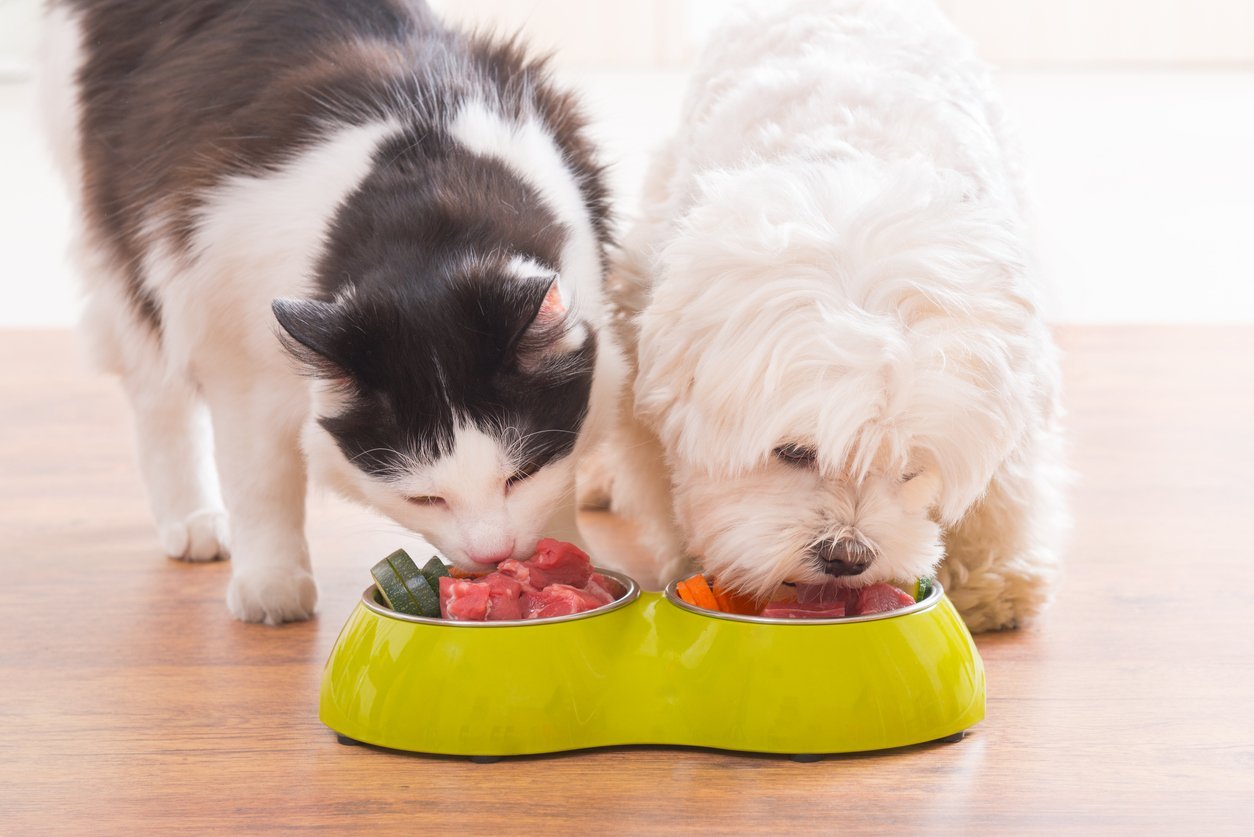
So what exactly goes into a raw food diet? As we mentioned before, cats require a higher amount of crude protein than dogs do, so diets should be custom-tailored to our animals. Generally, when creating a raw food diet for your pets, you can include any pet-safe raw ingredients such as:
1. Raw meats
When choosing raw meats, make sure your meat is coming from a reputable source, and that it’s suitable for your pet. Salmon and other fish are great for both cats and dogs as long as the little bones are removed.
2. Liver and other organs
I know, we may think they are unappealing and unappetizing, but our pets love them. The liver and raw organs are chock-full of nutrients for our pets.
3. Seeds and nuts
Raw seeds and nuts, small enough to digest, contain ideal amino acids and good fats that our pets can benefit from.
4. Raw, edible bones
If the bones are soft, dogs and cats alike can benefit from it in their raw food diet. Please note that chicken bones are considered to be hollow and can splinter when chewed. This is why you should never feed your animals chicken bones or wings as treats. Boiled bones soften, and contain a large amount of calcium your animals need.
5. Vegetables
When it comes to adding vegetables to your pets’ diet, always research whether or not it’s safe for your pet. Vegetables like sweet potatoes are a delicious nutrient-rich ingredient that is safe for both cats and dogs.
6. Fruit
Similar to vegetables, adding fruit to your pets’ raw diet also requires research. A great addition to a raw food diet is pumpkin. Believe it or not, pumpkin IS considered a fruit, and it’s also excellent for both cats and dogs. However, it’s important to note that if you are thinking about feeding your animals’ canned pumpkin make sure it’s pure pumpkin not pumpkin pie mix—which contains additional ingredients that don’t provide any nutritional value.
The bottom line that when you’re creating a raw food diet for your pets, always remember to thoroughly research whether or not a certain ingredient is safe for your pets to eat or not. Remember that dogs and cats each have their own dietary systems and requirements, and a raw food ingredient for your dog may not be digestible for your cat.
Thinking you won’t have the time to properly prep a raw diet for your pet? Reach out to your veterinarian for some pre-prepped brand recommendations for a raw diet. There’s a lot of products on the market now, and not all brands are equal.
Is A Raw Food Diet Complete in Nutritional Ingredients?
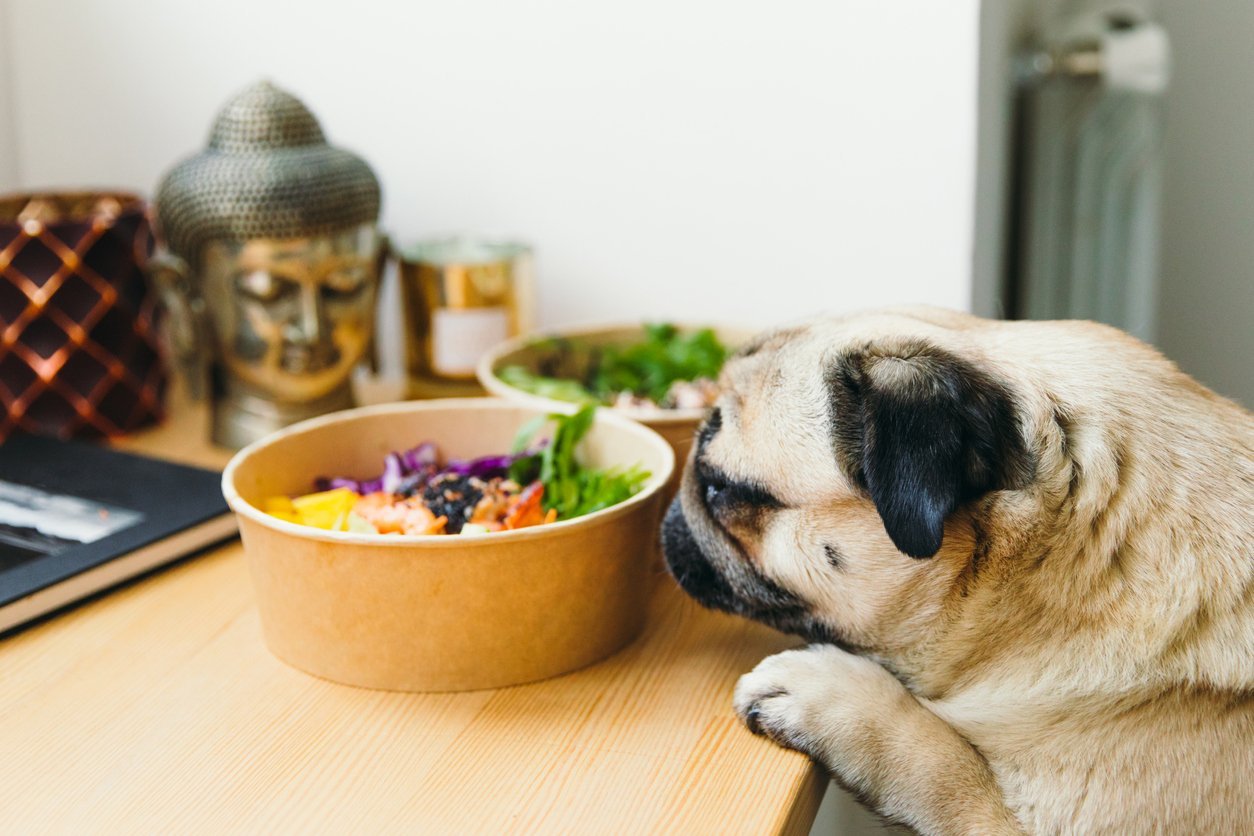
More animals tend to thrive off of raw food diets in comparison to processed foods and dry kibbles. This is when a raw food diet is properly curated. The benefits of feeding your pets a raw food diet is the ability to control the number of nutrients your animals are receiving.
As our pets age and their bones and joints begin to deteriorate, they start to require different nutrients to keep their bones, joints, and muscles in check. Adding glucosamine and chondroitin with MSM to your pets’ diet can help aging joints, and ease the symptoms of arthritis in dogs. When added to a diet from a young age, our TRI-ACTA and TRI-ACTA H.A. can prevent painful symptoms of arthritis or any joint discomfort our pets may be experiencing.
Our pet supplements come in powder forms and are easy to add to your pets’ raw food diet. Learn more about the difference TRI-ACTA can make for your pets’ health!
Newsletter Signup
Subscribe to our newsletter to receive the latest news and exclusive offers.
.jpg?height=2000&name=Cliick_Integricare-DISPLAY-REVISEDV2%20(1).jpg)
Proactive & Therapeutic Joint Supplements
When given daily, Integricare joint supplements recover bone and joint injuries faster and help prevent mobility injuries from happening in the first place.

